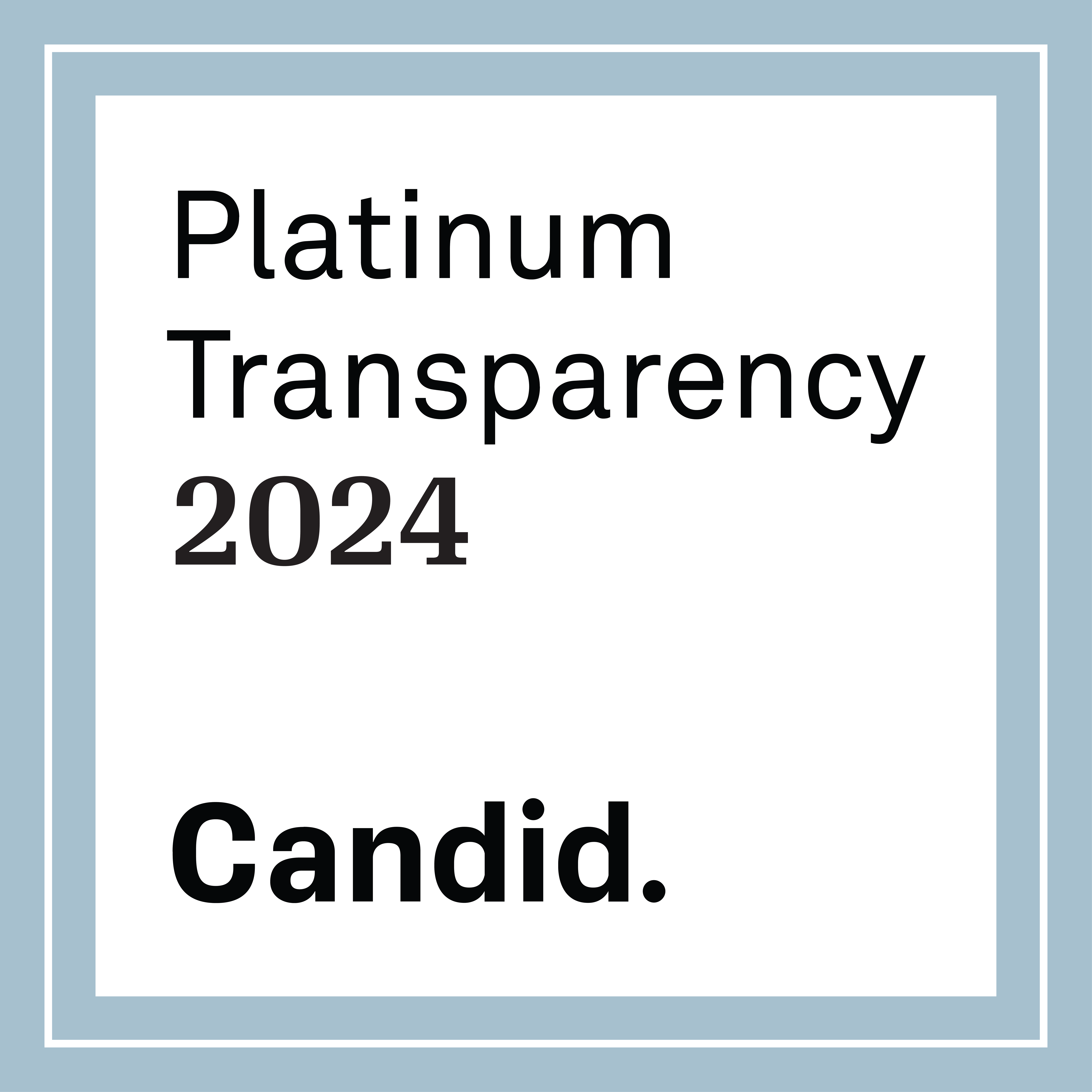1. Educate yourself.
As you learn, commit to a survivor-centric perspective that advocates and empowers those enslaved. Understand the impacts of legalized prostitution and trafficking. A few countries to research in this include the Netherlands, Costa Rica, Germany, and Greece. Legalizing prostitution fuels human trafficking.
2. Commit to holding the tension.
This looks like reconciling the fact that there won’t be easy solutions. It’s messy and every situation is unique. Recognize that healing comes in standing side-by-side with someone through messy situations, knowing you don’t have the answers, but your presence and support make a difference. Don’t stop wrestling with the tension, don’t turn off your heart, stay in the fight!
3. Make a commitment to be a voice.
Become an avid observer, a noticer of the details in your environment. You are the eyes and ears in your community. Don’t assume someone else will see. When something seems off, it usually is. Know about your local anti-trafficking law enforcement departments and about federal anti-trafficking departments.
4. Lean into difficult conversations.
Around hard topics like pornography, the elephant in the room. This is a difficult subject to approach, but make no mistake – it is central to the fight. Pornography fuels sex trafficking by creating an insatiable demand. We must stop the demand to stop trafficking. Decide that you will embrace online ethical living by not supporting pornography in any way with your clicks or your dollars and encouraging others in your life to do the same.
5. Ask the right questions.
Here are a few great questions to start with: What is in my hand? How am I uniquely equipped with my skills, talents, and sphere of influence to address trafficking? Be willing to ask: what am I supposed to do about this? How do I use where I am and what I have to make a difference? What professional skills do I have that I could lend to the anti-trafficking movement?
6. Start where you are.
We know there are at-risk people groups who are more vulnerable to trafficking than others. If you can see the vulnerable, so can the traffickers. A trafficker identifies the vulnerabilities of potential victims and offers to meet those specific unmet needs. A healthy community builds safety, healing, and resources for those who need it most. This looks like making rescue available through financial support as well as volunteering in your local community to help at-risk youth. A few really meaningful ways you can fight trafficking are, becoming a foster parent, mentoring at-risk youth, or helping make support available for single moms.
Learn More About Human Trafficking:
Who Traffickers Target
The Internet & Human Trafficking
Modern Trafficking






